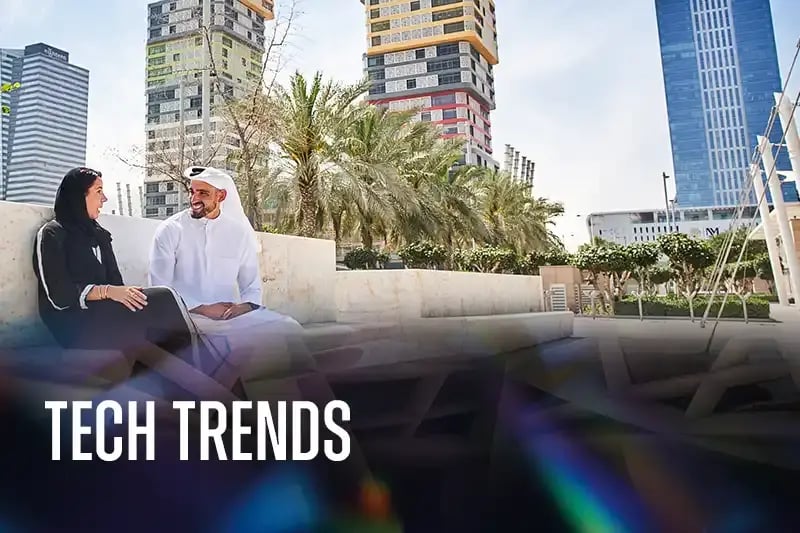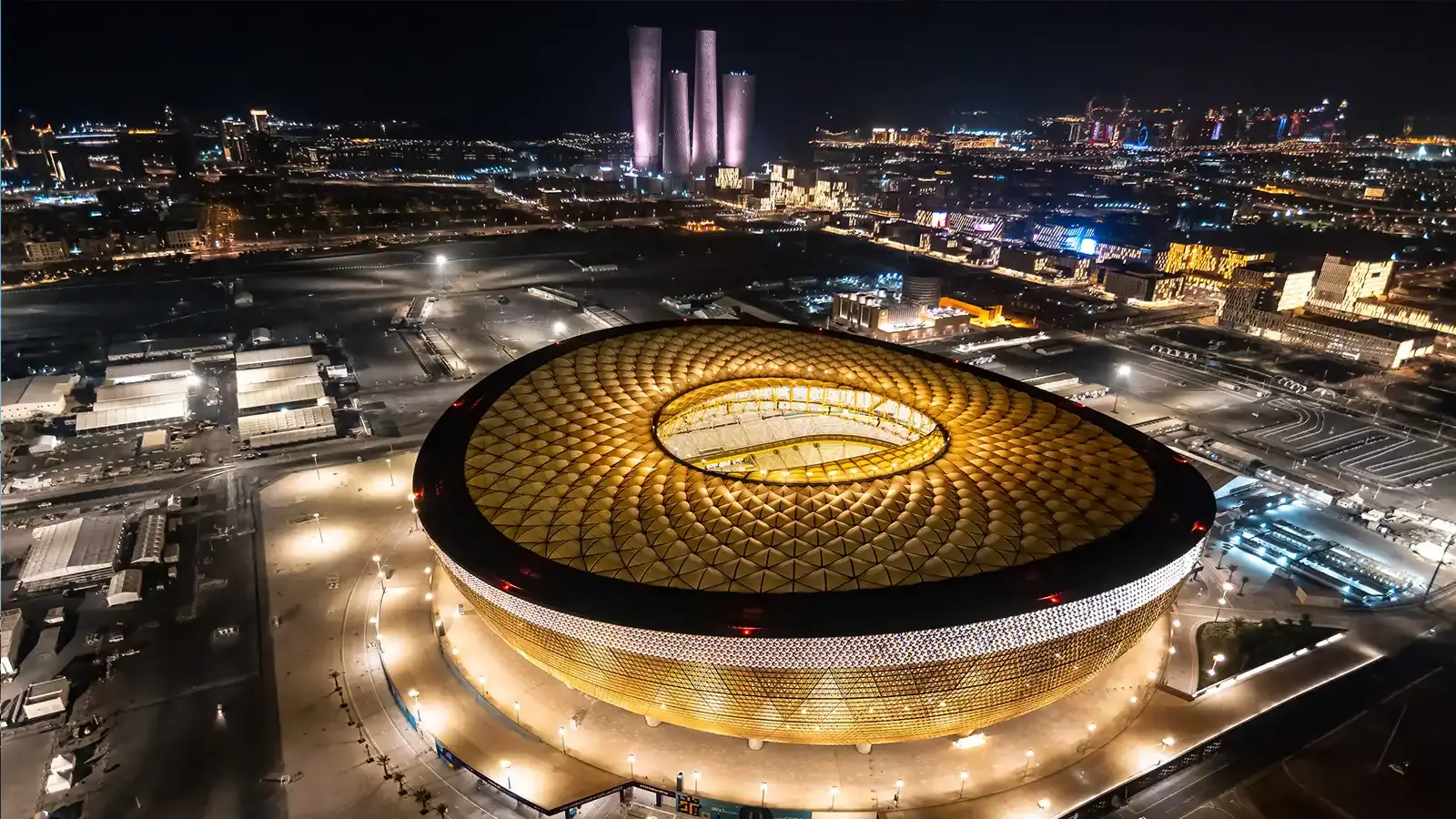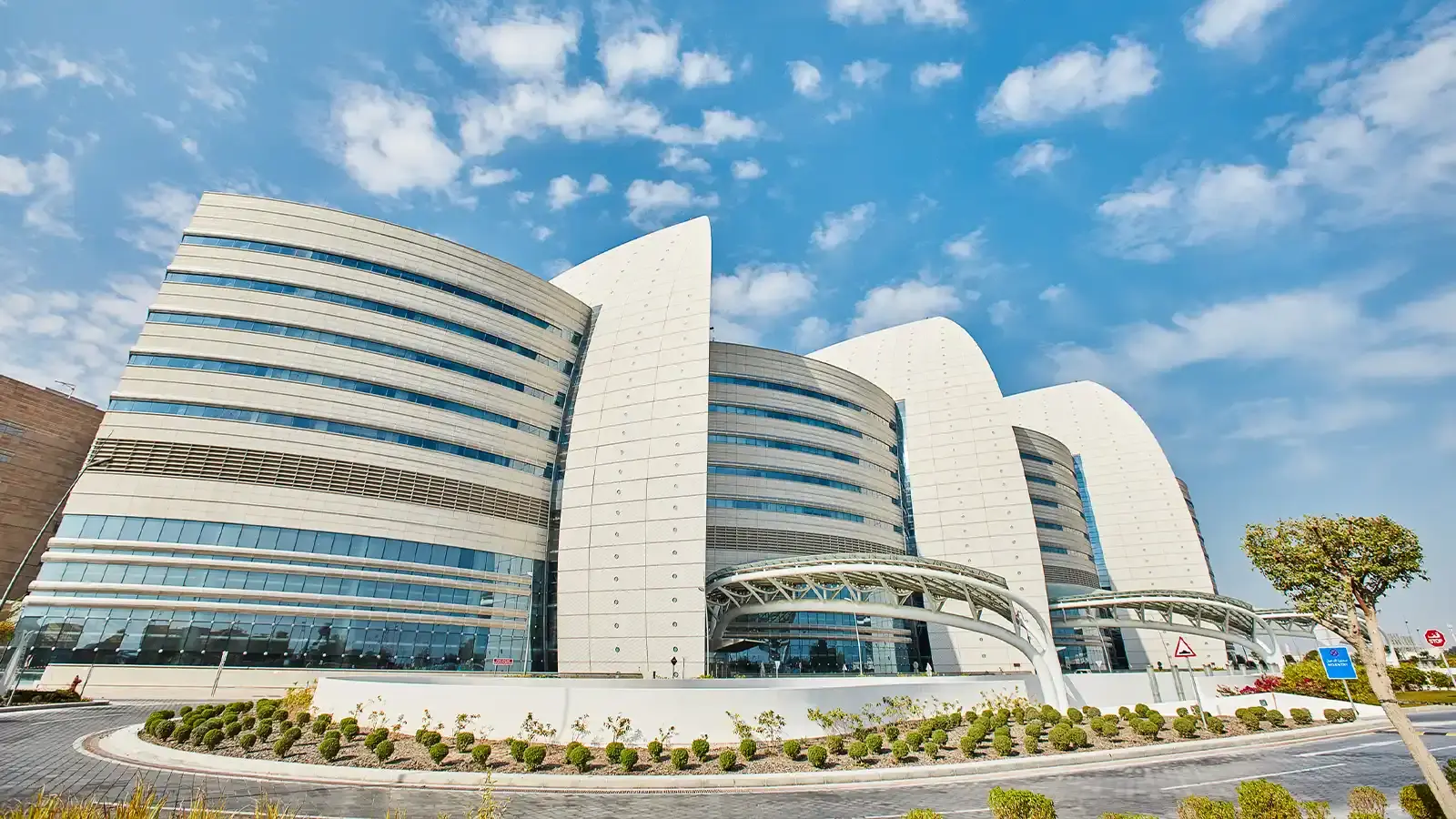Blog
Bringing applied IoT to life in hyperconnected Qatar

Take advantage of our Tech Trends series to preview some of the industry’s most talked-about technologies in preparation for the inaugural MWC Doha event. This article shines a spotlight on three examples of how IoT is connecting people, places and industries in Qatar, home of MWC in the Middle East.
Find out more about our dedicated Internet of Things Summit.
IoT and 5G enablement are mission-critical to plans in the Middle East and Africa for digital transformation. The market outlook is bright for the world’s second largest IoT regional market, in which GCC countries are particularly active. Consumer connections have shown a steep upward curve, and a multitude of commercial use cases, automative development and eGovernment initiatives coming online are also boosting industrial IoT (IIoT).
MENA’s IoT revenue market volume is heading for $49.76b by 2029.
MEA’s IoT devices market revenue topped $4b last year and could reach $12b by 2030.
Qatar’s IoT built on 5G leadership
As one of the Middle East’s most digitally enabled capitals, Qatar has been calibrating its IoT development to meet the growing demands of a technology-confident society.
Operators are now leveraging this expertise and national connectivity to realise IoT’s full potential, mapping out the country’s digital future from the smallest streetlight sensor to the Lusail Tower skyscrapers.
So, how does all this invisible machine-to-machine communication improve lives at ground level? From wearable tech to data-optimised crowd flow, we take a magnifying glass to three real-world examples.
Qatar’s smart cities and ECO-IoT
Qatar’s flagship intelligent urban developments – Lusail City and Msheireb Downtown Doha – were purpose built in water-sensitive landscapes. They both integrated IoT-enabled sustainability from day one, achieving GSAS rating and Gold and Platinum LEED certifications respectively.

- Energy management: Msheireb has more than 650,000 IoT devices; smart architecture and cooling powered by treated wastewater cut energy use by about 30%; smart grids optimise electricity use, balancing load with real-time analytics.
- Smart meters: intelligent monitoring via central control of electricity and water use, waste and air quality enables adaptive systems such as energy-efficient lighting, predictive maintenance and automated waste routing; district cooling at Lusail saves 65 million tonnes of CO2 annually.
- Eco-transport: just one of many sustainable transport initiatives in Qatar, the Lusail tram system operates on ground-level electricity supplied by a low-emission system and is equipped with energy-efficient lighting, advanced electric braking systems and low-energy infrastructure; trams are 98% recyclable.
At a nationwide level, the TASMU platform harnesses cloud power and advanced programming to accelerate community applications that better serve cities, from innovations in agritech to reduced road congestion.
IoT is a component of 40% of Tasmu Smart Qatar use cases.
A hyper-vibrant event hub
Qatar is home to the Qatar Grand Prix and host to major sporting events, with a portfolio including the FIFA World Cup, the AFC Asian Cup, the World Athletics Championships and the World Swimming Championships. Event capability has been power boosted by extensive deployment of IoT systems in facilities management, notably Intaleq’s Connected Stadiums Platform:
- Virtual venues: digital twin technology is built on Johnson Controls' OpenBlue platform and Microsoft Azure, providing real-time monitoring, predictive analytics and safety-first incident management.
- Adaptive lighting: energy is saved by dimming lights based on crowd density and footfall; LED stadium lighting can be centrally reconfigured for multipurpose events.
- Solar power: sustainable cooling systems connect to sensors that adjust air flow and temperature.
- Traffic and crowd monitoring: IoT sensors feed into AI systems to enable real-time routing decisions and live updates for passengers; this is now being further developed in automated bus fleets and smart signage.

When IoT and the virtual world overlap into 5G-Advanced enablement, it’s no great leap to imagine how tomorrow’s live events might adapt. Interactive engagement with sporting heroes, immersive cultural experiences, highly configurable venues and door-to-door connectivity could fuel a holistic and super-sensory event ecosystem in the not-too-distant future, especially considering Qatar’s recent application to host the 2036 Olympic and Paralympic Games.
Wellness and technology in harmony
Partnerships with the world’s leading medical research institutions, along with 100% internet permeation in the population, means IoT can be used to create patient-centric facilities and services. This harnesses the very latest in digital advances for Qatar’s residents, while also nurturing first-class medical tourism.
- Hamad Medical Corporation, the principal public healthcare provider in Qatar, is pioneering exoskeletons, wearables, voice-activated technology, virtual and augmented reality applications and smart homes; it operates over 200 intelligent ambulances with automated equipment and the ability to generate Wi-Fi bubbles to support paramedics.
- Telemedicine is a growing field in Qatar; connected devices provide continuous monitoring of vital statistics, enabling doctors to give virtual consultations and remote diagnoses, especially important for rural areas and less mobile patients.
- 360-degree connected hospitals such as The View and Sidra Medicine have fully redundant networks, robot-assisted surgery capabilities and customisable environments primed to integrate the next technological discoveries and applications.

Connected industries
Over the last few years, Doha has rolled out the red carpet for tech giants Google, Nvidia and Microsoft. As a result, the digital environment in Qatar is highly receptive to public/private collaborations in IIoT. As well as the on-the-ground examples we’ve looked at here, other Industry 4.0 sectors – including renewable energy, data centres, education, construction, transportation and precision agriculture – are already reaping benefits from Qatar’s targeted research and development programmes.
Companies active in the IIoT delivery space in Doha include:
Labeeb | Ooredoo | QMIC | Vodafone | IdeaCamp | Oracle | Siemens | GE | Malomatia | Syook | Balluff | Atos | Cisco Systems | and many more
Qatar is a World Economic Forum Centre for the Fourth Industrial Revolution and one of the WEF’s 14 global Advanced Manufacturing Hubs
Qatar's open-door policy for IoT talent
Qatar’s digital strategy is creating the conditions to further streamline IoT collaborations, allowing the world’s top talent to access emerging opportunities. Earlier in 2025, the Communications Regulation Authority released a policy paper on IoT and machine-to-machine (M2M) technology that aims to:
- Simplify development processes
- Clarify operational and compliance guidelines
- Enhance security and reliability
- Provide opportunities for multi-sector innovation
Qatar’s IoT market size is forecast to grow from $1.33b in 2025 to $3.94b by 2030.
From Msheireb to Al Thumama Stadium, intelligent systems are already showing how ordinary city life can evolve to a smart city lifestyle. Technologies developed for mega events have reorientated into high-tech mobility and infrastructure solutions. Brand-new cities have demonstrated that sensor-driven architecture can have a beneficial impact on day-to-day urban services, while at a personal level, human-centred wellness wearables are changing lives.
We’re excited to explore all these opportunities and more, including 5G Redcap, water resourcing initiatives and Ambient IoT, at the inaugural MWC event for the region in Doha this November. Join the world’s senior executives, policy makers, digital household names and technology creators at the leading innovation event for the region.
Add your organisation to the world’s most recognised brands taking centre stage as exhibitors and sponsors at MWC Doha.


